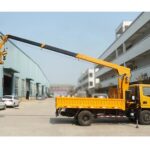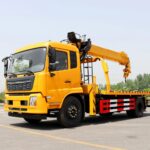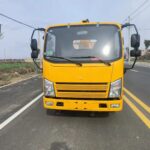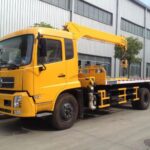Munyika ye heavy lifting uye material handling, innovation has always played a pivotal role in enhancing efficiency, kuchengeteka, and versatility. One such remarkable innovation that has transformed the landscape of heavy lifting is the integration of knuckle boom cranes onto trucks. These versatile machines have become a go-to solution for various industries that require efficient and flexible lifting capabilities. Munyaya ino, tinopinda munyika knuckle boom cranes on trucks, exploring their features, applications, benefits, and impact on modern industrial operations.
The Evolution of Lifting Machinery
The evolution of lifting machinery has been marked by the quest for improved efficiency and safety. Traditional stationary cranes and hoists served their purpose well, but they often lacked the necessary mobility and adaptability to address complex lifting challenges. This limitation spurred the development of mobile cranes, which could be driven to the location where lifting tasks were required. Zvisinei, even mobile cranes had their constraints, particularly in confined spaces or areas with limited accessibility.
Enter knuckle boom cranes on trucks. These machines combine the mobility of trucks with the versatility of articulated booms, resulting in a powerful solution that can navigate challenging environments while providing exceptional lifting capabilities.
Anatomy of a Knuckle Boom Crane
Pakati pemoyo a knuckle boom crane is its articulated boom arm. This arm is composed of multiple segments, resembling a human finger with joints. The design allows the boom to fold and unfold, resembling the movement of a knuckle, hence the name. The boom’s folding capability provides distinct advantages, such as a reduced footprint when stowed and extended reach when fully unfolded. It also enables precise positioning of loads, making it suitable for tasks that demand accuracy.
Mounted onto a truck chassis, these cranes offer the advantage of mobility, allowing them to access sites that might be off-limits to Traditional cranes. The crane’s controls are often located in the truck’s cabin, enabling the operator to have a clear view of both the crane and the surrounding area during lifting operations.
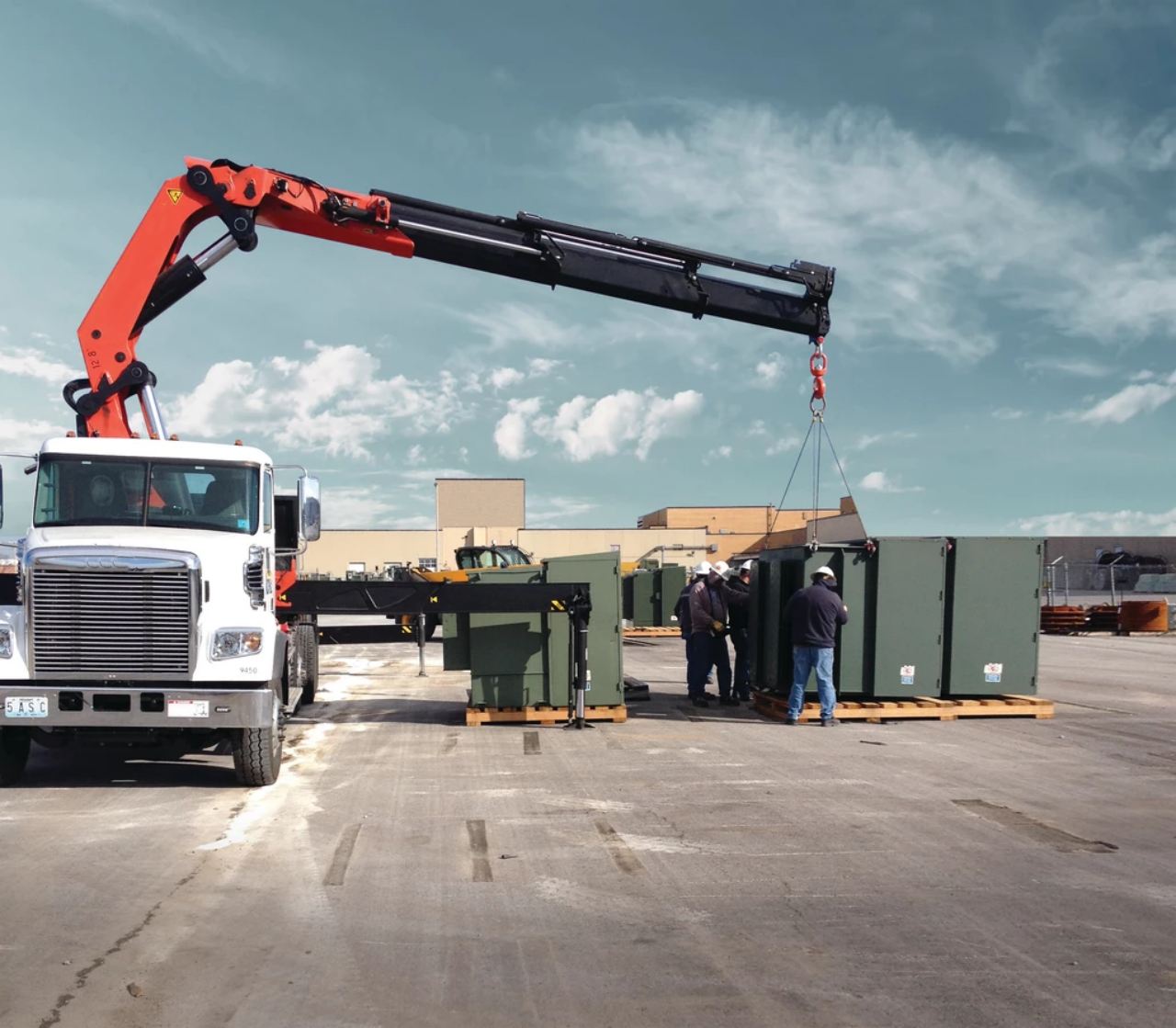
Applications Across Industries
Iko kuchinjika kwe knuckle boom cranes has led to their widespread adoption across various industries:
Kuvaka
In construction, these cranes are used for tasks like lifting and placing heavy building materials, such as steel beams, zvidhinha zvekongiri, and pre-fabricated components. Their ability to navigate congested construction sites and reach over obstacles makes them indispensable tools for modern construction projects.
Logistics and Shipping
Loading and unloading cargo in ports and warehouses can be a challenging endeavor. Knuckle boom cranes on trucks excel in this environment, as they can extend their booms over the sides of ships or reach into tight spaces within containers, streamlining the logistics process.
Utilities
Maintenance of utility infrastructure, such as power lines and transformers, requires specialized equipment. Knuckle boom cranes offer a safer alternative to traditional methods, as they can precisely position workers and equipment at elevated heights.
Landscaping
In the realm of landscaping, these cranes aid in planting trees, moving large rocks, and positioning heavy outdoor structures. Their dexterity minimizes disruption to existing landscapes while enhancing the efficiency of various tasks.
Emergency Services
During emergencies, every second counts. Knuckle boom cranes mounted on rescue trucks can be used to swiftly lift debris, rescue trapped individuals, or provide support in disaster-stricken areas.
Benefits Galore
The popularity of knuckle boom cranes on trucks is not unfounded. They come with an array of benefits that make them stand out in the lifting machinery market:
Versatility
Knuckle boom cranes can handle an extensive range of lifting tasks. Their ability to articulate and extend their booms ensures they can reach both high and low points, making them suitable for diverse scenarios.
Compact Footprint
When folded, the boom’s compact configuration allows for easier transportation and access to confined spaces. This feature is especially valuable in urban environments or areas with limited maneuvering space.
Precise Control
The segmented boom design enables precise control over the movement of loads. Operators can manipulate the crane to position heavy objects with exceptional accuracy, reducing the likelihood of accidents or damage.
Time and Cost Efficiency
The mobility of knuckle boom cranes eliminates the need for multiple equipment setups, reducing downtime and labor costs. Their quick deployment also contributes to faster project completion.
Enhanced Safety
Safety is paramount in any lifting operation. These cranes provide a safer alternative by allowing operators to control lifting tasks from within the truck’s cabin, minimizing exposure to potential hazards.
Increased Reach
The extendable boom gives these cranes access to areas that might be challenging to reach using traditional equipment. This increased reach is advantageous in tasks like roof truss placement, where precision and distance matter.
Transforming Industrial Operations
The integration of knuckle boom cranes onto trucks has undoubtedly transformed the landscape of heavy lifting. Their adaptability, kufamba, and versatility have earned them a prime spot in various industries. Sezvo tekinoroji inoenderera mberi, we can expect these cranes to become even more sophisticated, further expanding their capabilities and applications.
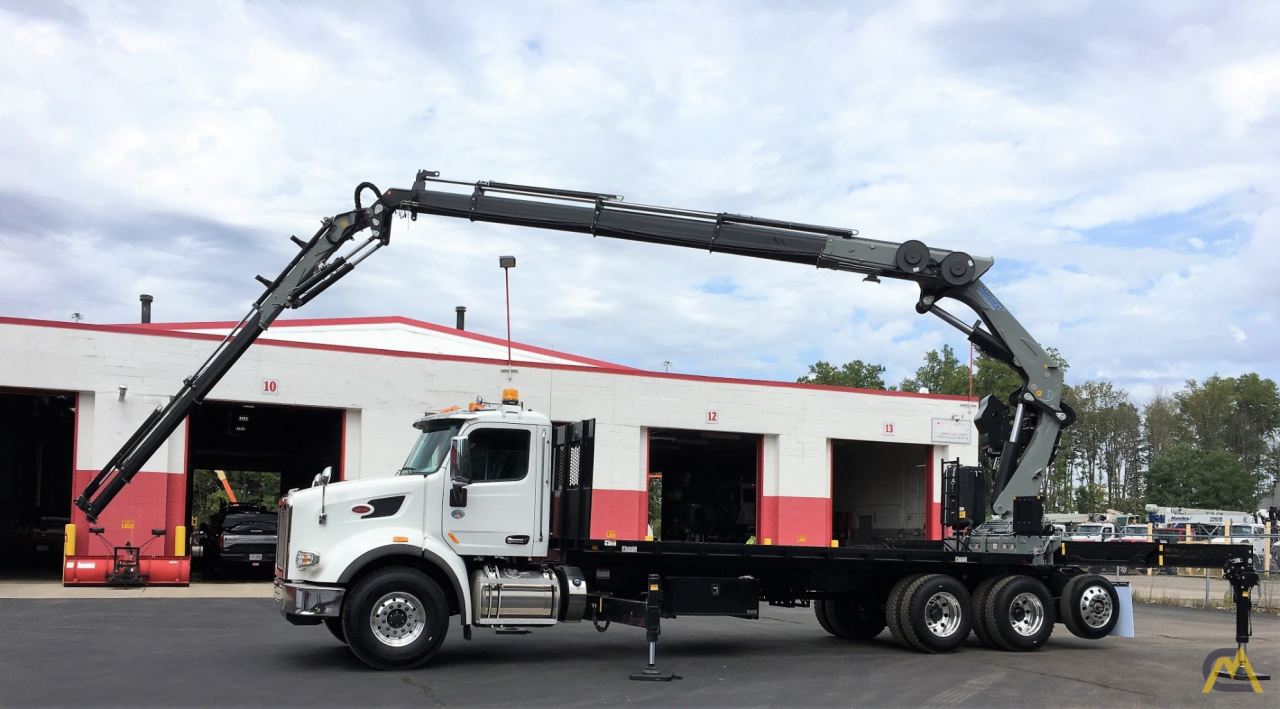
Pushing Boundaries and Embracing the Future
The journey of knuckle boom cranes on trucks is far from over. As industries evolve and demands grow, these machines are poised to push their boundaries and embrace technological advancements that further elevate their capabilities.
Integration of Automation
Automation and remote control technology are making significant strides in the industrial sector. Knuckle boom cranes are no exception. The incorporation of advanced automation features could allow these cranes to execute repetitive tasks with pinpoint accuracy, reducing the need for constant human intervention. This not only enhances efficiency but also minimizes the risk of operator fatigue.
Enhanced Sensing and Feedback Systems
The future holds the promise of more sophisticated sensing uye feedback systems for these cranes. Advanced cameras, LiDAR (Light Detection and Ranging), and other sensor technologies could provide operators with real-time data about the lifting environment, further enhancing precision and safety. These systems could enable the crane to adapt to changes in the surroundings, making them even more versatile.
Integration with Digital Platforms
The rise of Industry 4.0 uye Industrial Internet of Things (IIoT) is transforming the way industries operate. Knuckle boom cranes could be integrated with digital platforms that offer predictive maintenance insights, performance analytics, and real-time monitoring. This integration would optimize maintenance schedules, prevent breakdowns, and ensure that the cranes are always operating at their best.
Eco-Friendly Innovations
Environmental sustainability is a global concern, and industries are making strides to reduce their carbon footprint. The integration of eco-friendly technologies into knuckle boom cranes could lead to cleaner and more energy-efficient operations. This might involve the use of electric or hybrid power systems, further aligning these cranes with the goals of a greener future.
Expansion into New Industries
As these cranes continue to prove their adaptability, they might find applications in industries that haven’t traditionally relied on heavy-lifting machinery. Sectors such as agriculture, renewable energy, and even entertainment could benefit from the flexibility and reach that knuckle boom cranes offer.
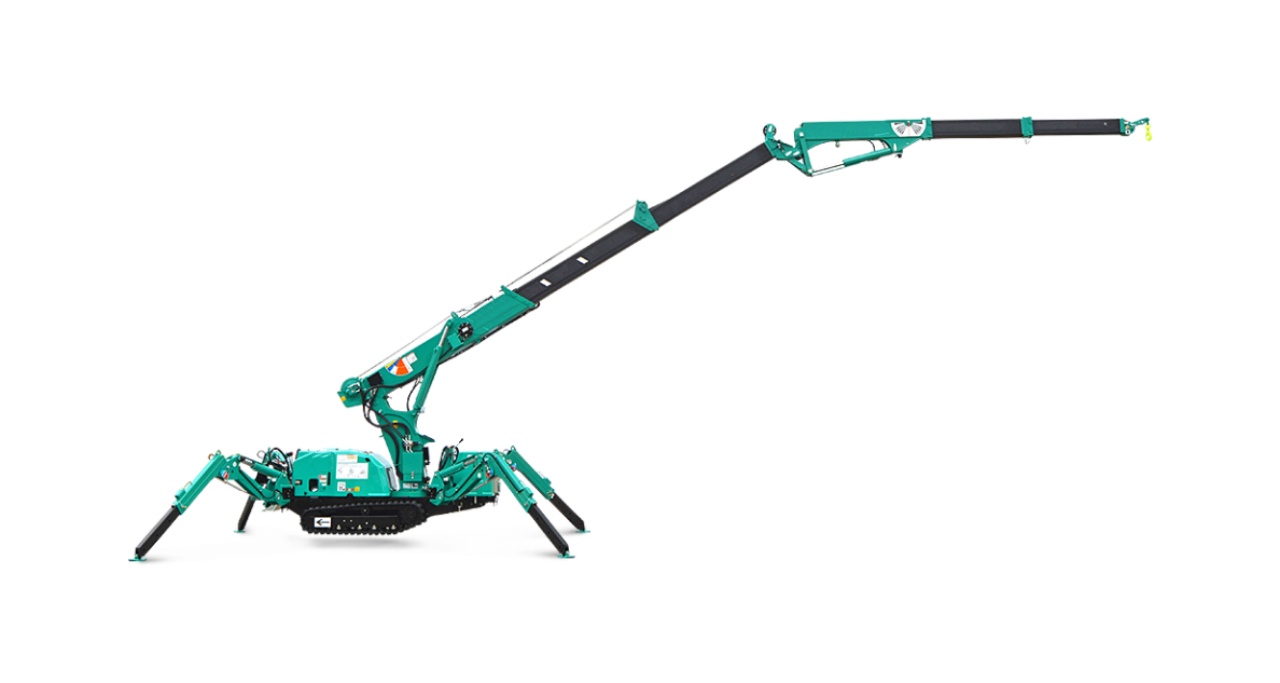
A Transformative Force for the Future
The marriage of knuckle boom cranes with trucks has undoubtedly transformed the landscape of heavy lifting. Their flexibility, precision, and mobility have made them an invaluable tool across a spectrum of industries, addressing challenges that were once considered insurmountable. As technology continues to evolve, these cranes are poised to play an even more significant role in shaping the future of industrial operations.
From construction sites that are seamlessly integrating them into their daily routines to emergency response teams relying on their quick deployment in crises, the impact of these cranes is palpable. Their ability to lift heavy loads while navigating complex environments has not only expedited tasks but also enhanced safety protocols. Operators can maneuver loads into position confidently with the precision required, minimizing the risk of accidents and damage.
Looking ahead, the roadmap for knuckle boom cranes on trucks is brimming with possibilities. With advancements in automation, sensing technology, and digital integration, these machines are on the cusp of a new era. They are not just tools; they are transformative forces, enabling industries to accomplish feats that were once the stuff of imagination.
Mukupedzisa, the journey of knuckle boom cranes on trucks is a testament to human innovation and resilience. From their humble origins to their current state of technological sophistication, these cranes have surpassed expectations, and their journey is far from over. As they continue to evolve and adapt, one thing is clear: they are here to stay, shaping the way industries approach heavy lifting and reaffirming their status as flexible solutions for a world that constantly demands more.





